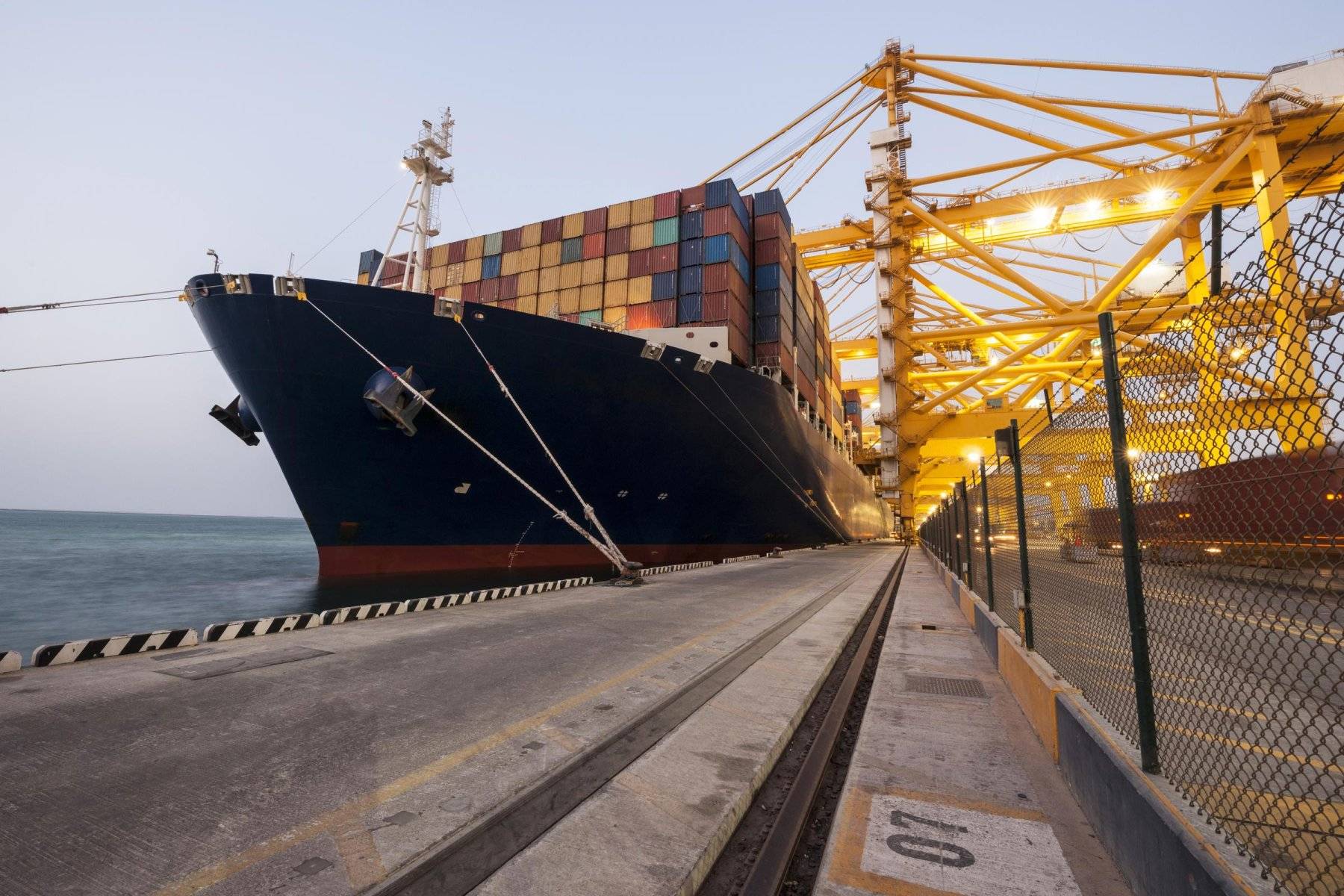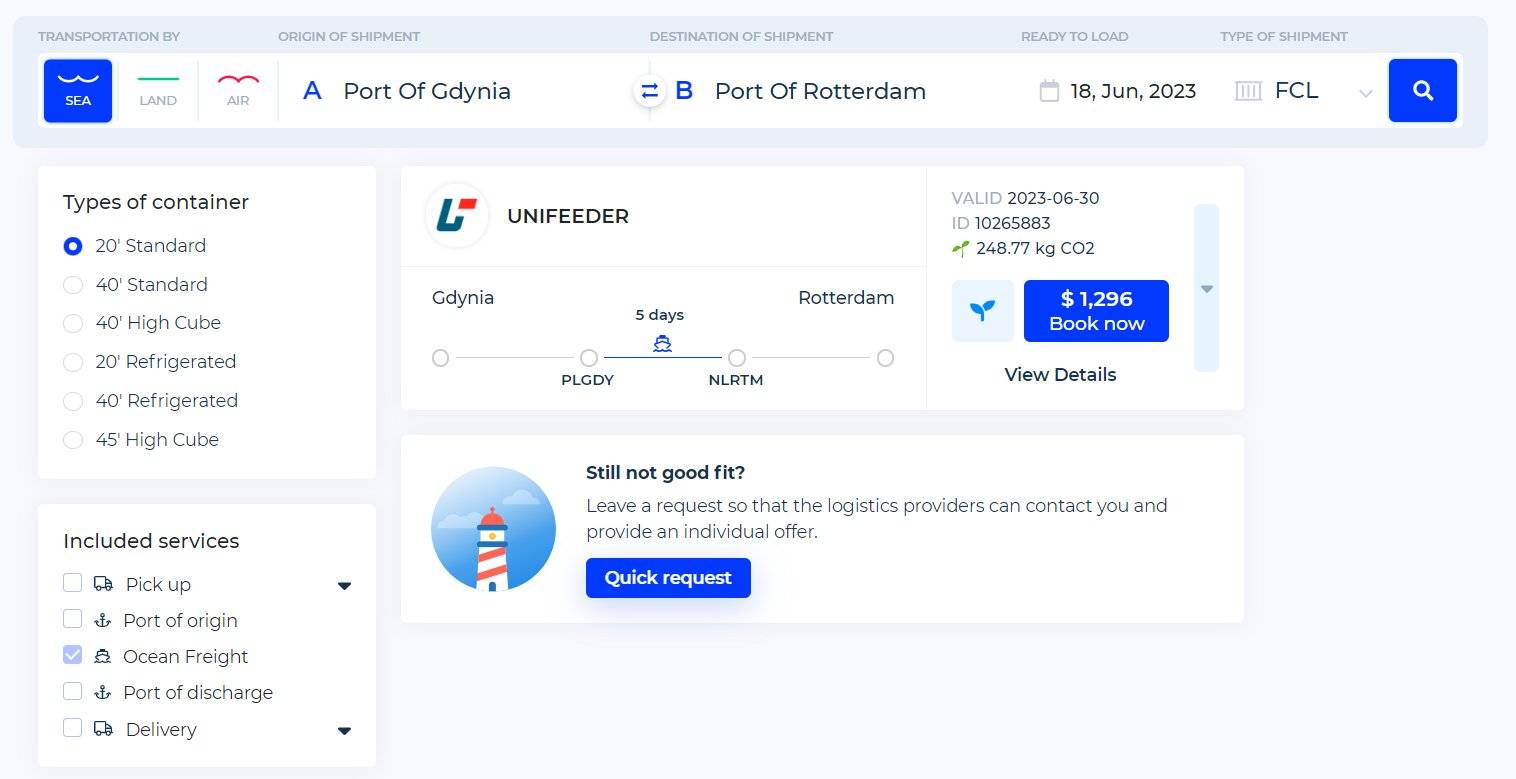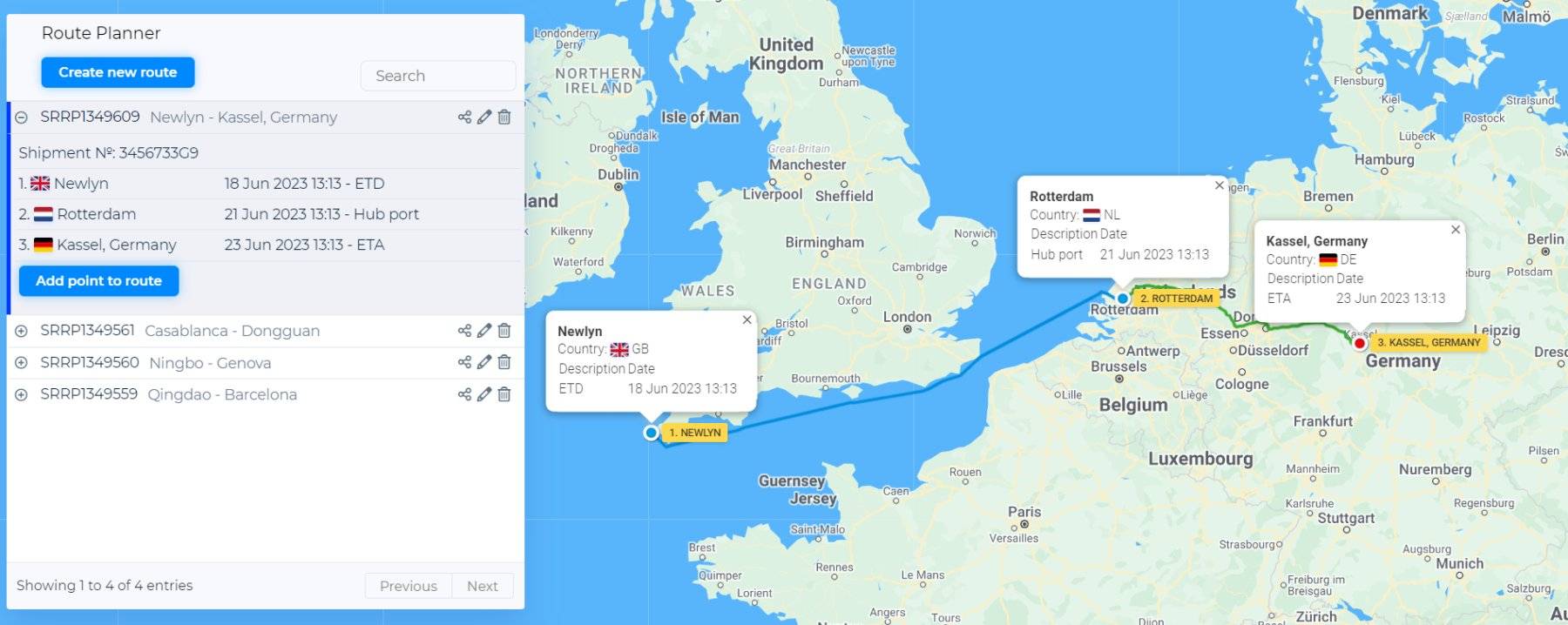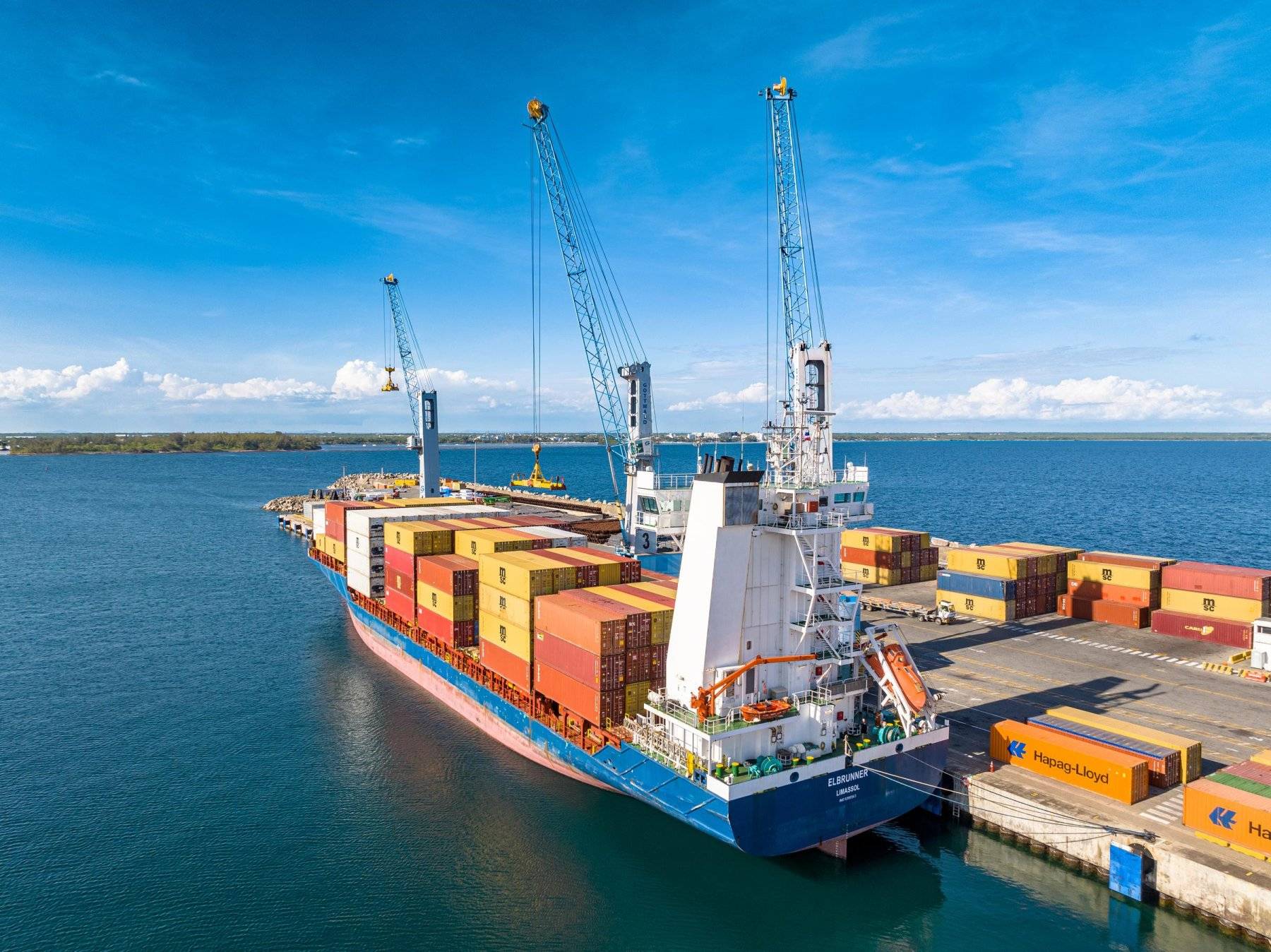Aiming for advanced transportation services, we look for highly efficient port infrastructure. In addition to ports, there is often a necessity for transshipment points, hub ports prepared to accept large volumes of cargo and redistribute them to the nearest port or other points of destination. In this article, we will take a closer look at the significance and benefits of port hubs.
What is the hub port?
As well as major ports, shipping lines are expanding and optimizing logistics operations through an extensive system of hub ports. Thus, the services of "transshipment points" – hub ports – are becoming more common. Here are the key characteristics of a hub port:
Location of the hub ports
If the purpose of hub ports is to optimize the movement of cargo, then the best location is close to the nearest ports, highways, airports, and industrial zones. Hub ports are located along major shipping routes where trade routes meet.
The location of hub ports in areas with a water depth of more than 14 meters allows them to receive and service large ocean-going mother vessels with a tonnage of up to 100,000 DWT.
Developed infrastructure for logistics services
A sufficient number of containers, terminals, warehouses, and up-to-date equipment make the hub port the most convenient place for logistics management, distribution, consolidation, and storage of cargo.
Hub port charge
While preparing for shipping, you choose the best freight rate for your route and plan your budget, considering additional costs. Hub ports also receive a fee for cargo handling services, and it is important that the price policy is transparent. This is where you may have questions about calculating and planning your shipment budget, which our support team will answer. Ask us about prices and other issues, and get a full-time individual logistics assistant immediately after booking with SeaRates.
What hub ports benefits can you take advantage of
Shipping companies can jointly manage hub ports, providing a full scope of services to freight forwarders and carriers. The following properties of hub ports illustrate their importance to the efficiency and progressiveness of supply chain operations:
High throughput capacity
Hub ports should serve customs warehouses. These facilities allow for the simultaneous processing of ships, their maintenance, and the distribution of cargo containers to many destinations, which creates perfect conditions for a free trade zone. As a result, stakeholders in logistics operations get faster transit times and reduce additional costs.
Efficient transport connections
For international or regional logistics operations, hub ports are used to provide quick access to airports, roads, and railways. This makes it possible to serve more directions and distribute cargo faster.
Extra utilities
The developed logistics infrastructure at the hub port allows you to receive customs support.
If necessary, you can get supplies of water, fuel, and crew members for the duration of your shipment.
The hub port also provides repair services.
Manage your costs and optimize operations
Why do freight forwarders, carriers, and others want to use the services of hub ports?
- Instead of the goods still waiting for redistribution upon arrival, hub ports help you avoid demurrage and reduce the costs of storing containers.
- Well-developed infrastructure and the availability of various modes of transport allow for avoiding additional fees and minimizing delays. This is also helpful for transit transportation, where you need a "transshipment point" to change modes of transport.
- The capacity of the hub ports allows freight forwarders to plan large consignments and bulk shipments, which ensures the speed of cargo handling.
- You can scale your shipping operations through convenient cargo consolidation via hub ports.
Difference between feeder ports and feeder vessels
There are feeder ports not far from industrial centers, which are small ports that receive ships locally and serve the freight of a certain territory or region. Feeder ports are an important element of communication between hub ports and destination ports:
In one region, a hub port handles vessels and receives liquid and bulk cargo coming from many feeder ports.

Feeder vessels have a smaller cargo capacity compared to large ones, so they are also used to connect and transport containers between hub ports and destination ports in a particular region:
Hub ports are places where containers are transferred from large ocean-going mother vessels to smaller feeder vessels without long-term storage. Such transshipment is convenient for transportation within neighboring areas, which helps speed up container delivery.
FAQ
How is a hub port different from a warehouse?
The hub port provides a wider range of services. At a warehouse, you get container loading/unloading, picking, consolidating of goods, and more. And at the hub port, you can apply for repairs, customs, and other services you are looking for.
Also, higher capacity, advanced infrastructure, and the advantage of being located near airports and major seaports differentiate a hub port from a warehouse.
How can I find hub ports around the world?
China, the Netherlands, Japan, Singapore, the United States, and European countries are just a few examples of where you can find hub ports for your shipments.
Find a hub port in Dubai, Rotterdam, or other places in the Logistics Explorer tool to immediately book the best freight rate for your route:

How can I include a hub port in my route?

By selecting a hub port, you get to decide which route is best for you. SeaRates' Route Planner tool provides you with the opportunity to plan a personalized route, considering all the necessary events, hub ports, and more. Follow the link to find detailed instructions on how to use the tool and how your business will benefit from it.
Conclusion
Hub ports are catalysts for the economic and logistics development of regions. With a developed infrastructure, you get a wide range of services and have the opportunity to conveniently plan your future shipments.
The increase in the number of hub ports around the world is a solution to many problems, from avoiding demurrage and delays to facilitating transparent logistics operations.
Hub ports are a convenient solution for transit, linehaul, and other types of cargo delivery. Any shipping needs can be solved by requesting an individual freight rate and reaching out to SeaRates specialists for assistance.
You are always welcome to contact us at logistics@searates.com for assistance with your logistics needs.

